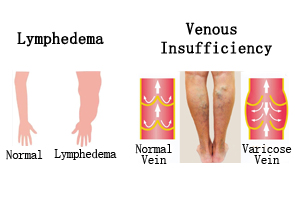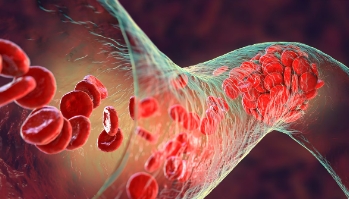- Time:2025.10.13
October 13, 2025, marks the 12th "World Thrombosis Day." Thrombosis is known as the "silent killer." It can form quietly within your body. Once dislodged, blocking the pulmonary artery, blood vessels in the brain, or heart, the consequences can be fatal. According to the International Society on Thrombosis and Haemostasis (ISTH), 1 in 4 deaths globally is related to thrombosis. Venous thromboembolism (VTE) has become the third leading cause of cardiovascular death after myocardial infarction and stroke.
1. What is thrombosis? Why is it so dangerous?
Simply put, thrombosis is the abnormal clotting of blood inside blood vessels, forming "blood clots." It is divided into two main categories: arterial thrombosis and venous thrombosis:
- Arterial thrombosis commonly occurs in the heart and brain vessels, leading to heart attacks and cerebral infarctions (strokes).
- Venous thrombosis is more common in the lower limbs, forming deep vein thrombosis (DVT). Once dislodged, it can cause pulmonary embolism (PE), which can be fatal within a short period.
2. Which groups are most at risk?
According to expert summaries, the following groups are at high risk for thrombosis:
- People who sit or stand for long periods: e.g., office workers, drivers, teachers.
- The elderly: decreased blood vessel elasticity and increased blood viscosity.
- People with the "Three Highs": hypertension, hyperlipidemia, and diabetes.
- Pregnant and postpartum women: a hypercoagulable state during pregnancy and the puerperium.
- Post-surgery or fracture patients: long-term bed rest and limited mobility.
- Cancer patients: abnormalities in the blood system significantly increase thrombosis risk.
3. The "Three Major Culprits" of Thrombosis Formation
As early as 1856, German pathologist Rudolf Virchow proposed the three main mechanisms of thrombosis formation, which remain the consensus in the medical field today:
- Hypercoagulability of the blood (e.g., during pregnancy, cancer).
- Slowed blood flow (e.g., from prolonged sitting, bed rest).
- Damage to the blood vessel endothelium (e.g., from smoking, trauma, surgery).
4. How to effectively prevent thrombosis?
Although thrombosis is frightening, it is preventable and manageable. Remember this sixteen-character mantra: Watch your diet, Keep moving, Control the three highs, Stay active.
- Move more: For every hour sitting, get up and move for 5 minutes; avoid "economy class syndrome."
- Control your diet: Less oil and salt; control blood lipids, blood sugar, and blood pressure.
- Quit smoking and limit alcohol: Reduce damage to the blood vessel endothelium.
- Wear medical compression stockings: Suitable for high-risk groups like post-surgical patients and pregnant/postpartum women.
- Follow doctor's orders for medication: Use anticoagulant drugs under a doctor's guidance.










